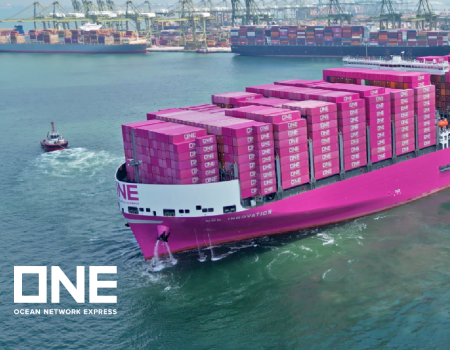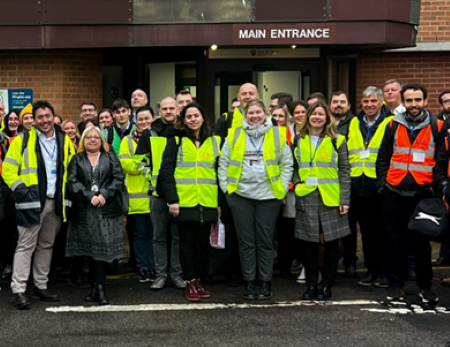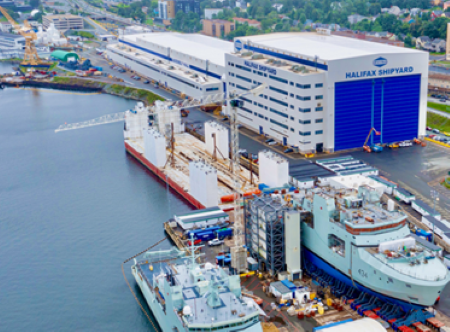Mark Connell, Senior Logistics Architect, says it’s time to start making money from your warehouse operation
I spend a great deal of time talking to warehouse operators about warehouse management systems (WMS). You’ve heard all about the very tangible gains to be made from moving to a fully integrated and automated WMS: lower costs, higher supply chain visibility, better customer service, and automated invoicing to reduce revenue leakage.
One of the largest problems I find is that WMS options aren’t being considered at all.
Perhaps because many logistics companies take on a warehouse operation by default (simply to store contracted freight) there’s limited understanding of best practice. Productivity is at the heart of everything, but productivity can’t be improved while warehouses run on spreadsheets, while customer ERP systems are hosted within the depot, while too many storemen expend too many hours looking for freight dispersed across your racks. And the risk profile skyrockets when you discover how much inventory and storage placement is recorded only in the heads of a few individuals. Warehouses continue to be viewed as unproductive cost centres, simply there to feed the transport networks that generate money. Operators focus on job cost rather than on the impact to the bottom line of running a warehouse: receiving freight, picking orders, and storing inventory. The obvious consideration is that the more orders you can release, the more money the warehouse will make, which in turn drives down the cost of each order.
Contract warehousing operates in an exciting space. With such a broad range of client and inventory requirements, it’s important to have a system that can meet changing demands. But how do you find the right WMS? Frankly, you have to decide what you want it to do for you. It needs to fit your purpose, so you first need to understand your business. Be very clear on your markets and your target scale for expansion. Your reasons for implementing your WMS must be better than “my clients want me to have it.” No. It’s you who should want it.
Warehouse management systems, like most solutions, are aimed at different segments of the market. The one you choose should reflect the needs of your clients’ inventories, supply chains, and the market segments they want to approach. If your clients are in the electronics sector, your WMS will need to be able to track serial numbers; if food grade, it must handle batch numbers; and for fashion industry clients, it ought to recognize garment style, color, and size. You’ll need one that is compliant in the industry you’re working into (i.e. Known Shipper programs such as the US TSA or global Dangerous Goods standards). Look for a system that connects you and your clients to the wider supply and demand chain, one that integrates your carriers, forwarding agents, customs brokers, transport management systems, and web tracking portals.
Spend time finding a WMS that fits your business’s present while also allowing room for its future. If you’re not making money out of your warehouse division, a low cost option makes sense, whereas a high end WMS has loads of expensive features, many you may never need. When considering a WMS, compare only those features you need to improve customer service and productivity. Don’t be sucked into chasing features you don’t actually need just so you can tick off more functionality boxes. (Who cares if the WMS you like doesn’t have kittling if none of your clients ships kits.) Look for a slightly larger skill set but not so large that you’re wasting time and money – you’ll never get a return on investment. Some solutions will take months to implement and require an army of consultants to train you in its use when all you’re looking for is something to get you rolling immediately.
Don’t worry about what systems your competitors have, even if it’s the same as yours. Everyone has the same trucks, depots, and racking. What matters is how well your equipment is maintained and utilized compared to competitors’. The same attitude applies to having the same software. Focus on selecting a WMS that works for your warehouse and your clients. Devote energy to training everyone to use it to your advantage. Drive those systems to productivity and profit like you drive your trucks and depots. Leverage your resources and WMS to the edge of their capabilities and you create market differentiation.
Every progressive change is often met with negative drawbacks. Being clear on your goals and expectations of your WMS (and again, training users in its use) will mitigate these negatives. Rolling out a WMS is not a threat to your staff. It does not equate a reduction of your labor force. On the contrary: you keep knowledgeable people, increase the number of jobs per person, and ultimately grow your business. No longer will ten people pick for one client. Now ten will pick for ten. There’s money to be made out of contract warehousing. It’s time.







